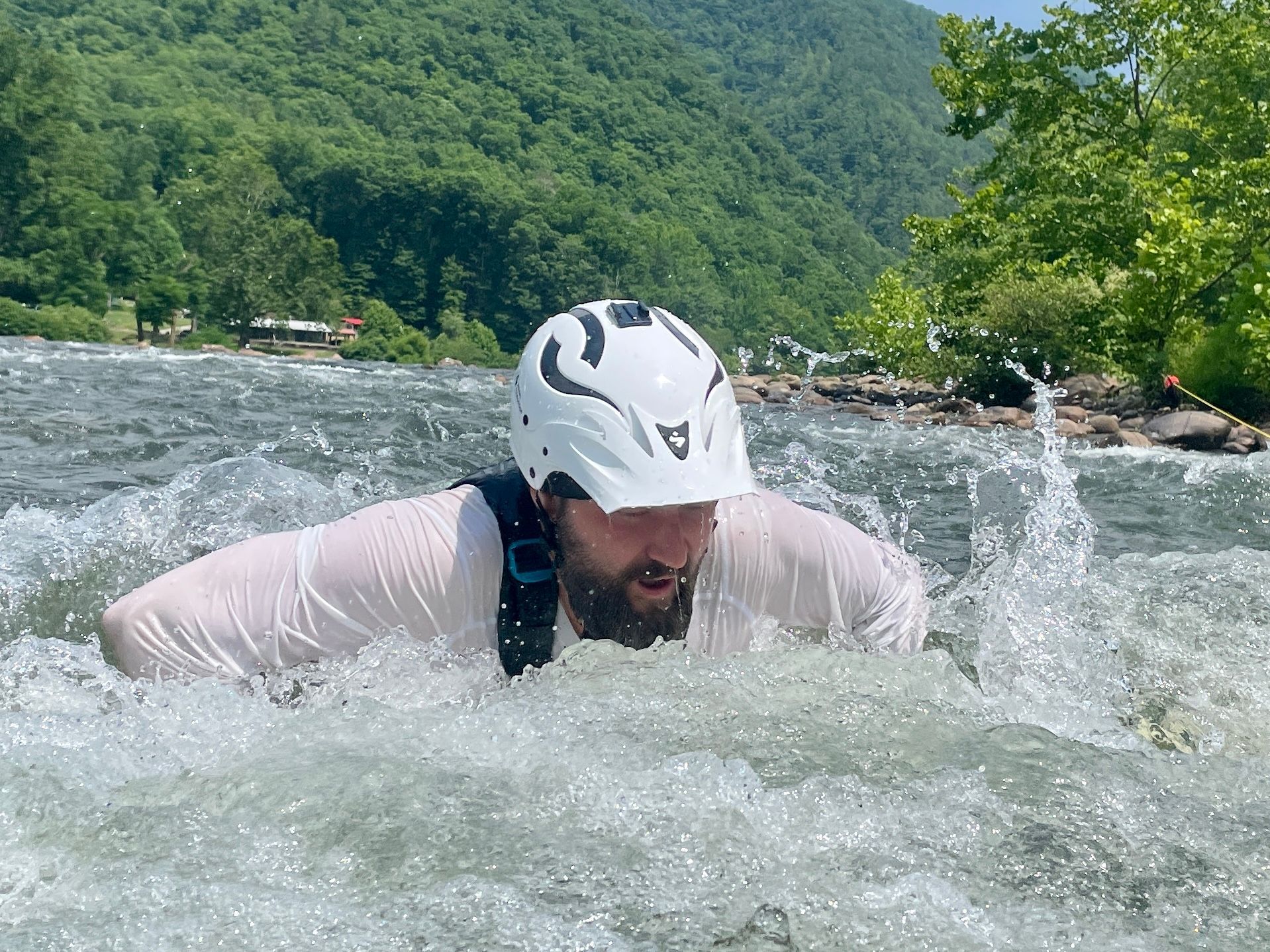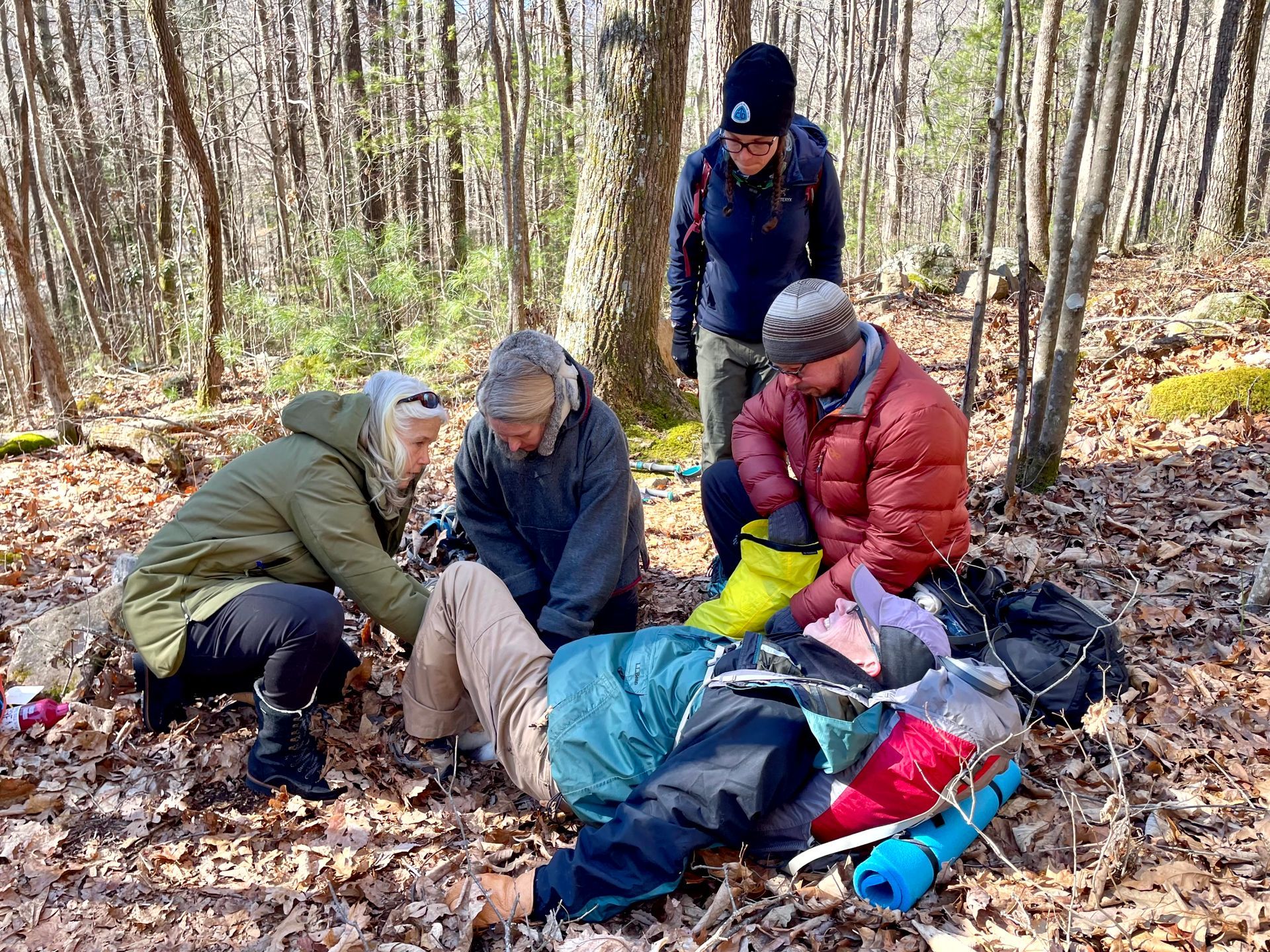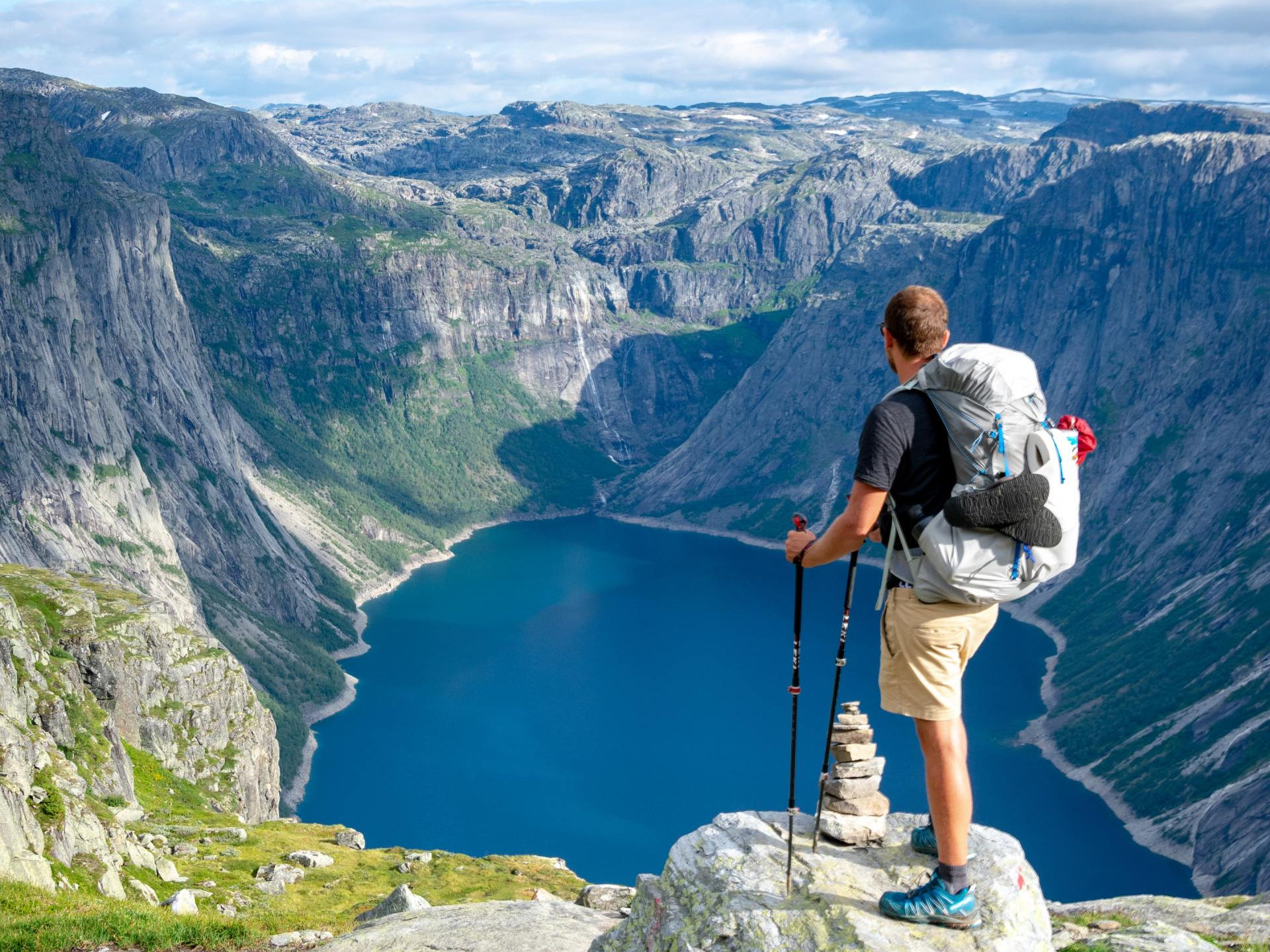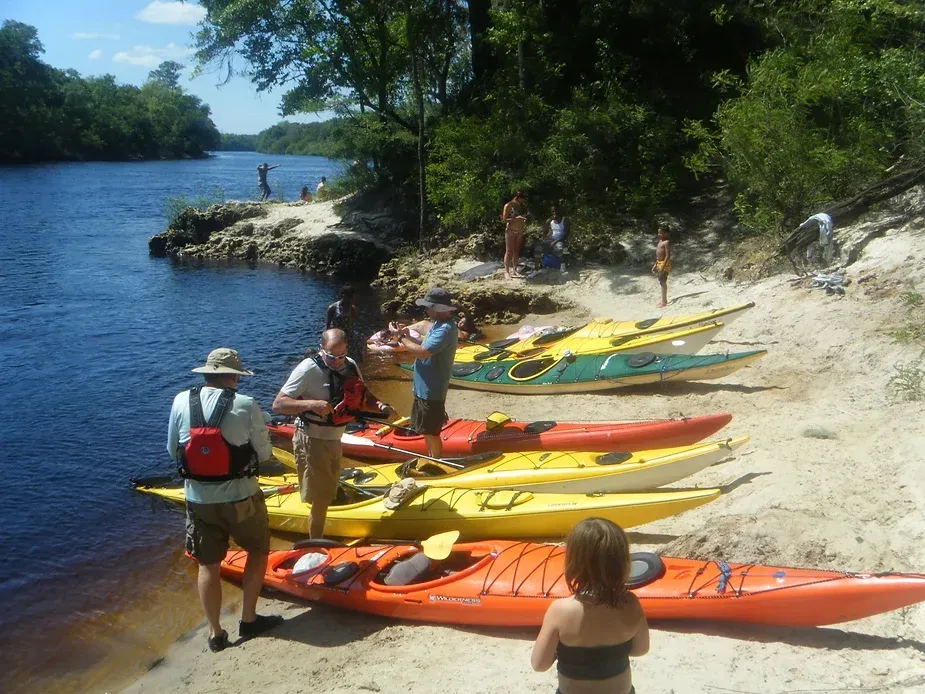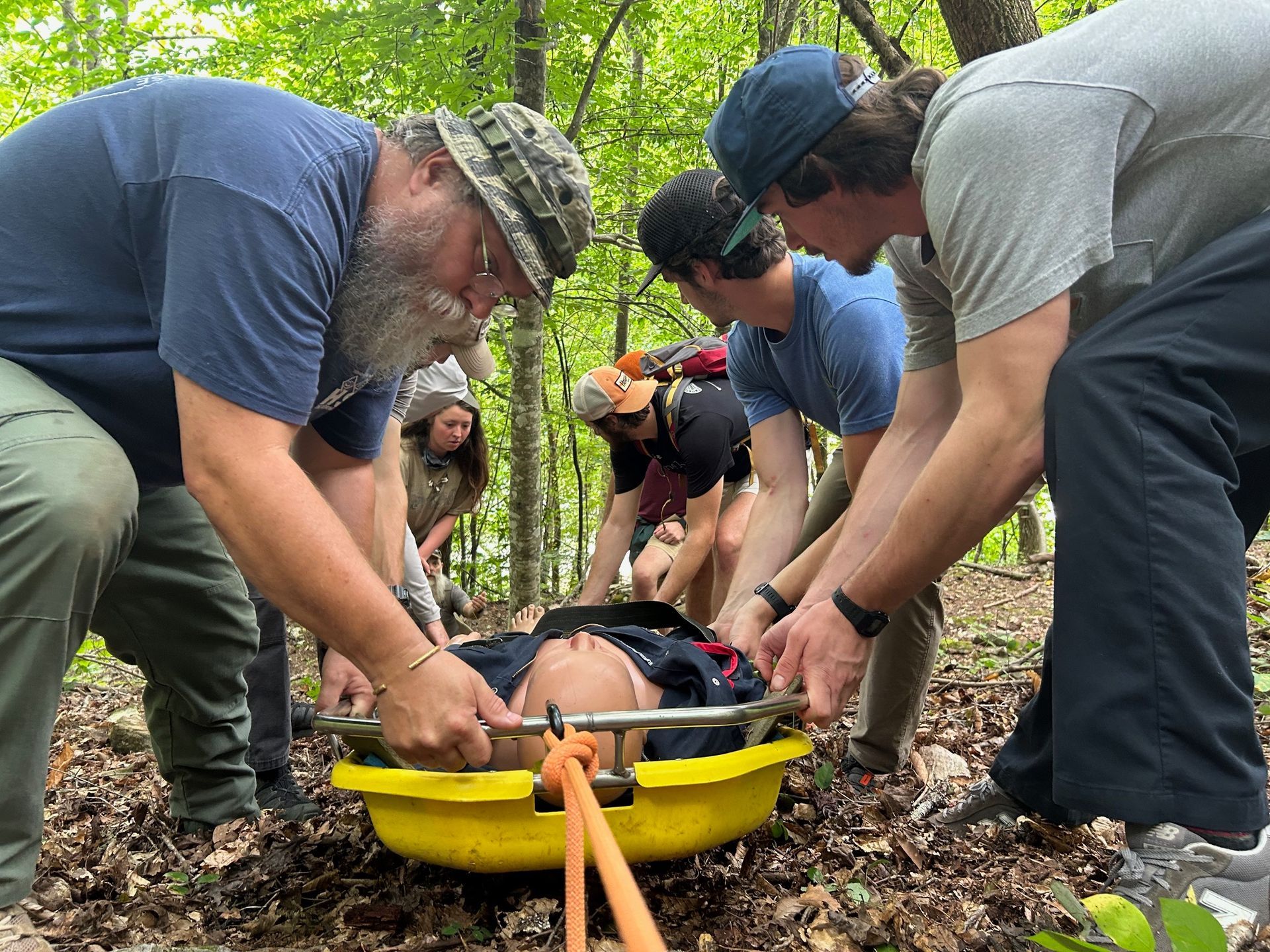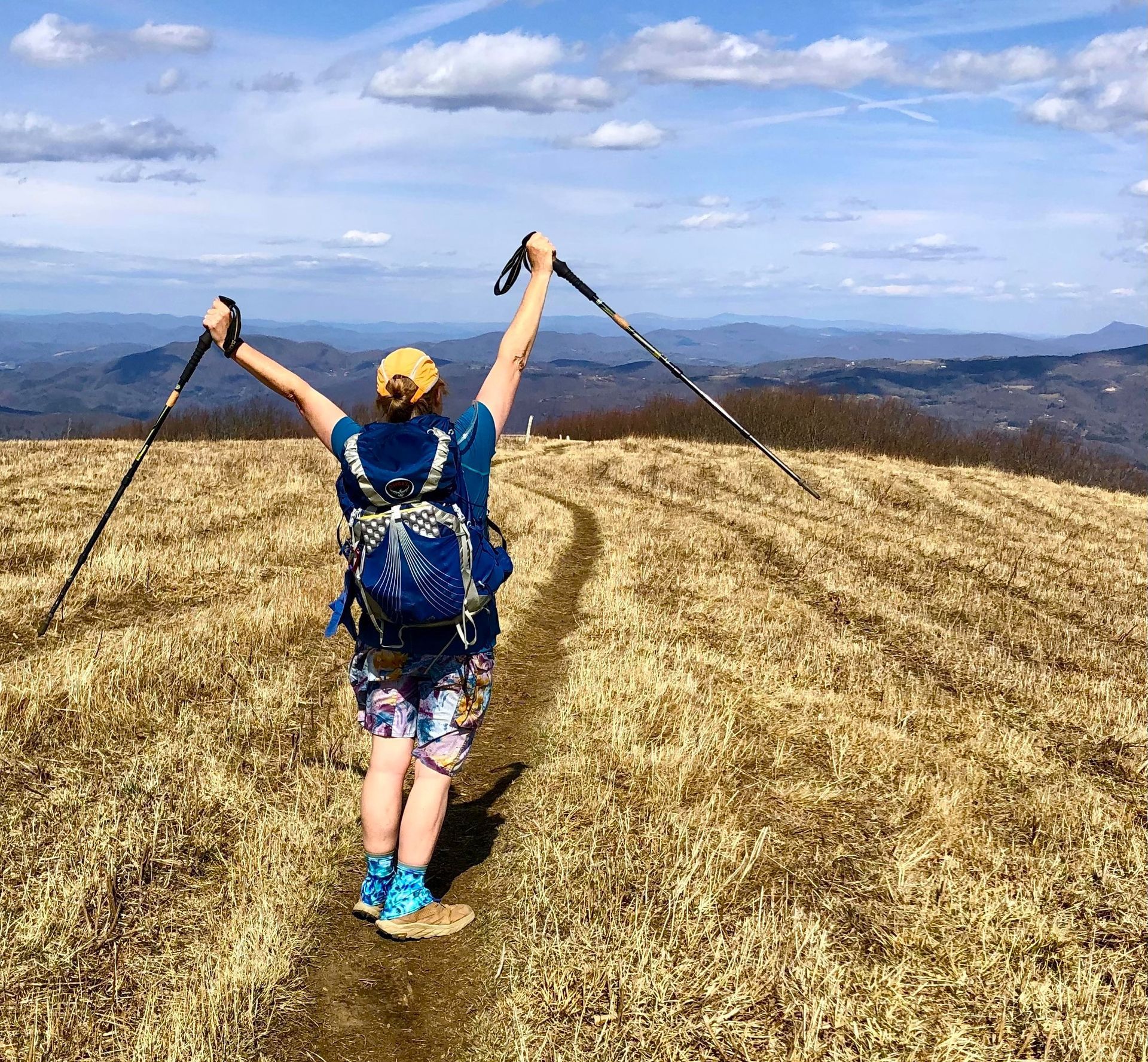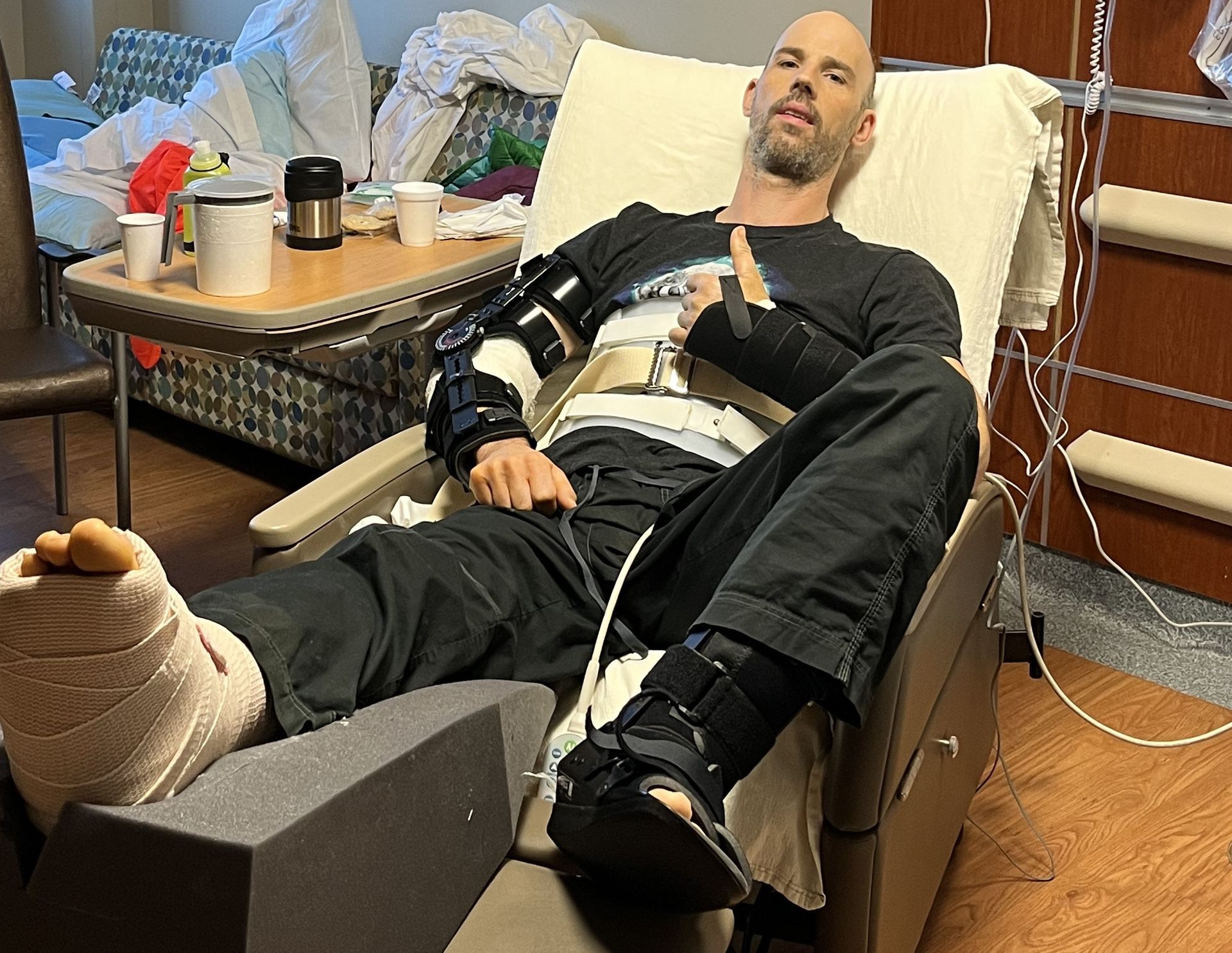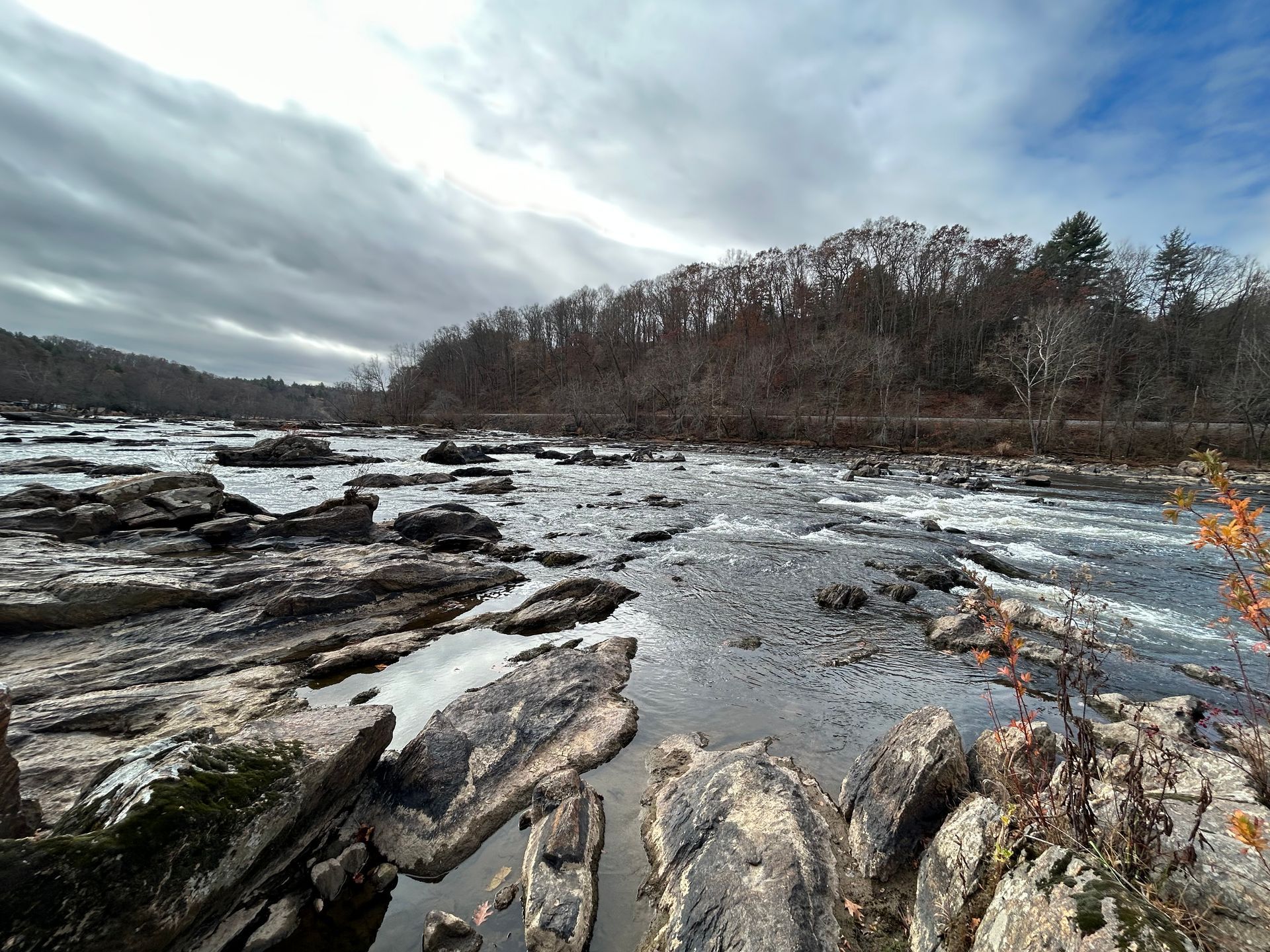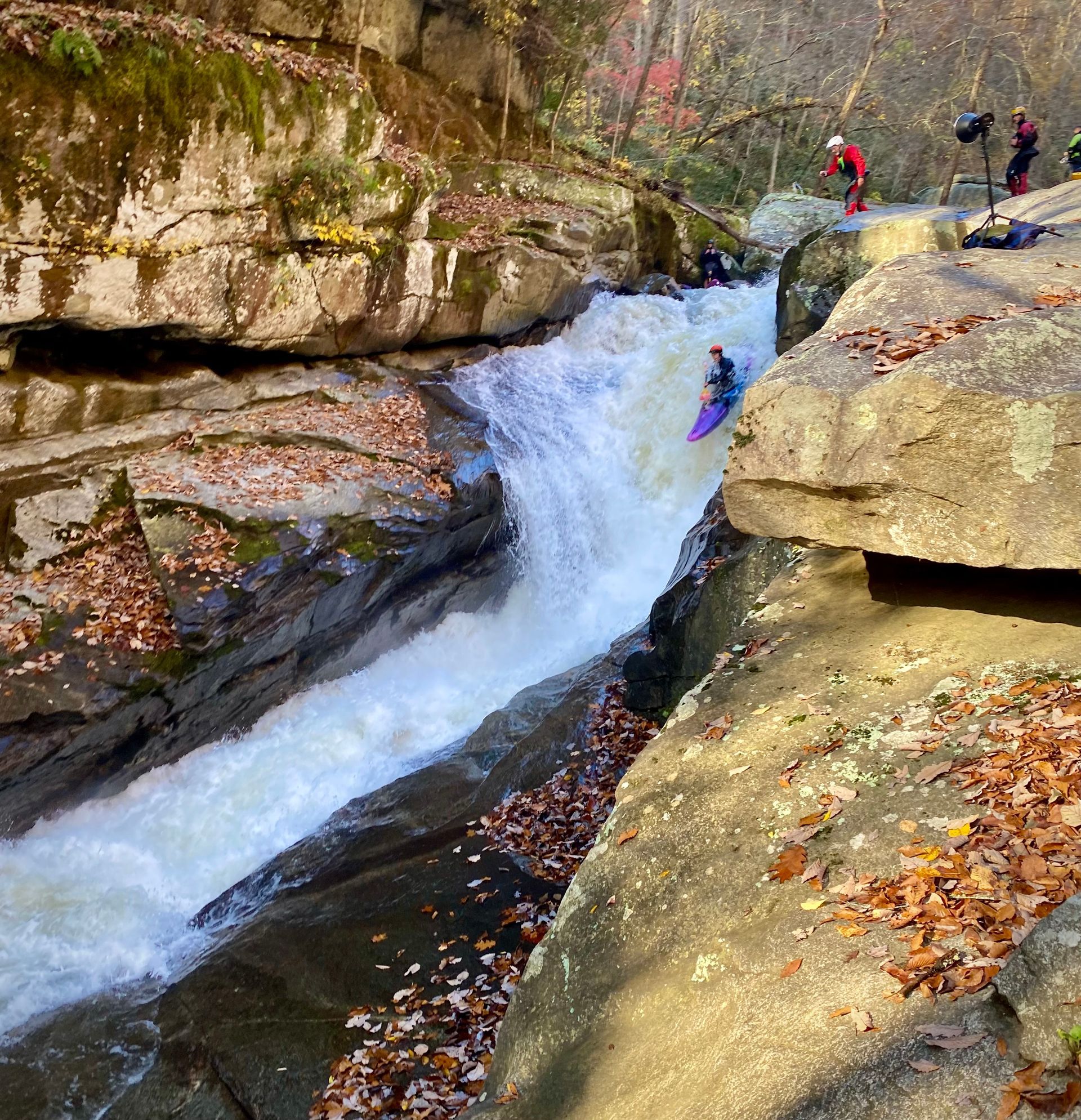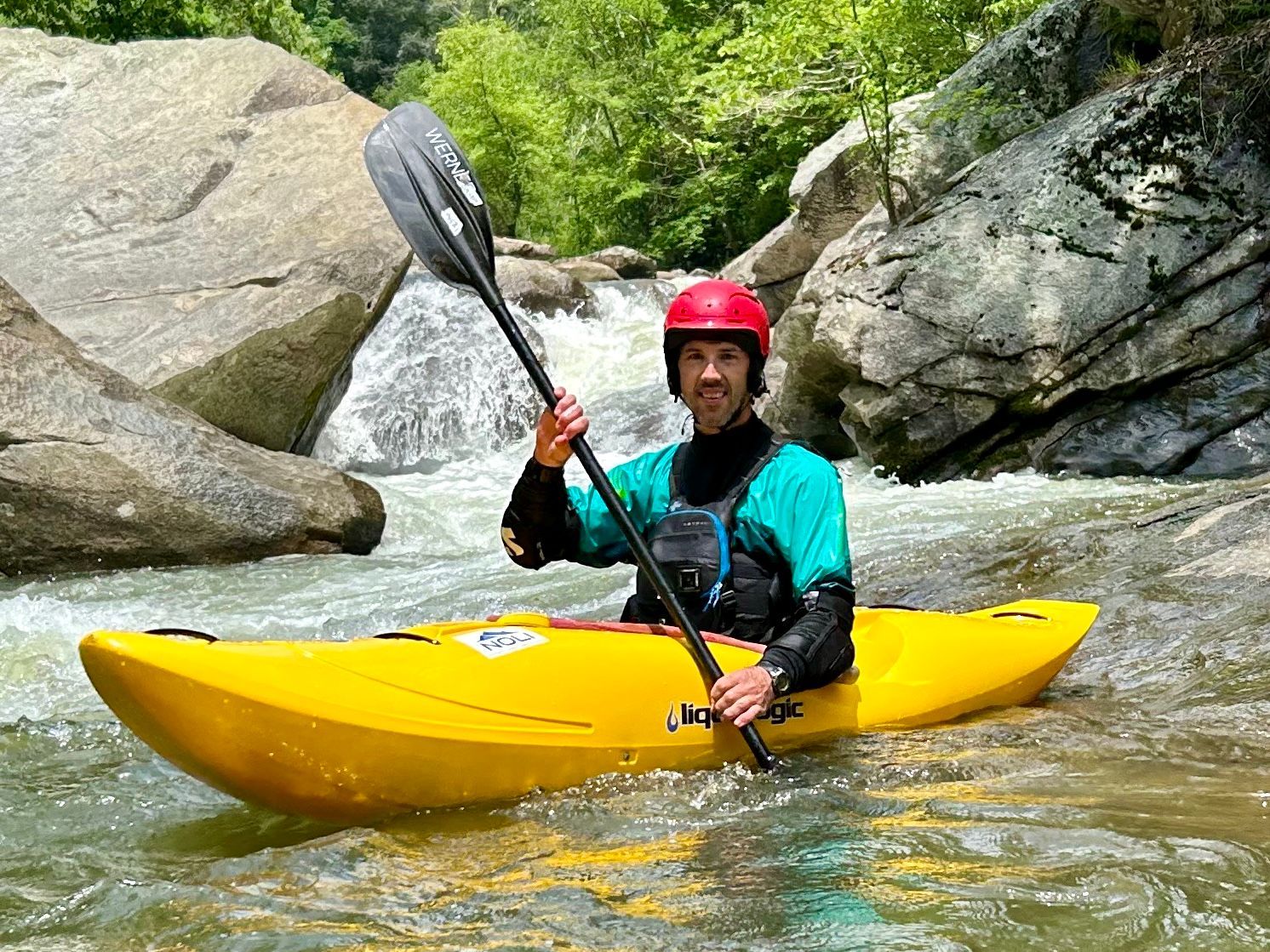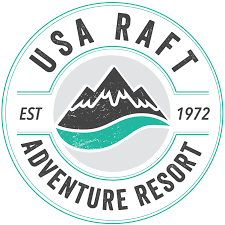"What kind of kayak is that?"
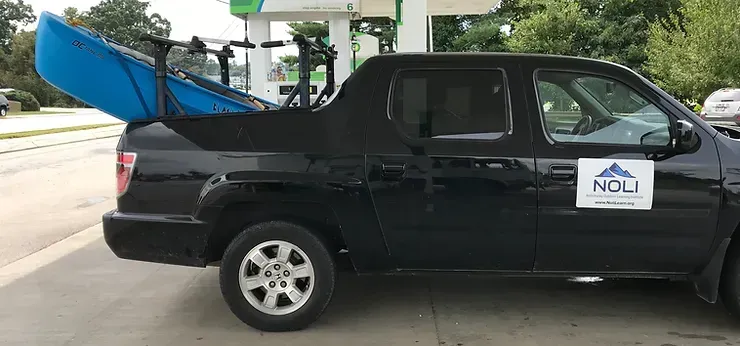
The other day, I was on my way to do some whitewater boat riding and stopped to get some gas. I noticed someone staring at the big plastic blue boat in the back of my truck. When I smiled, he came over and asked: “What kind of kayak is that?” It happens often enough and I love the opportunity to surprise folks. I get my internal Polaroid warmed up for the look on his face when I tell him “It’s not a kayak. It’s a CANOE.” What?!?!
I get it. Canoes look like this, right?
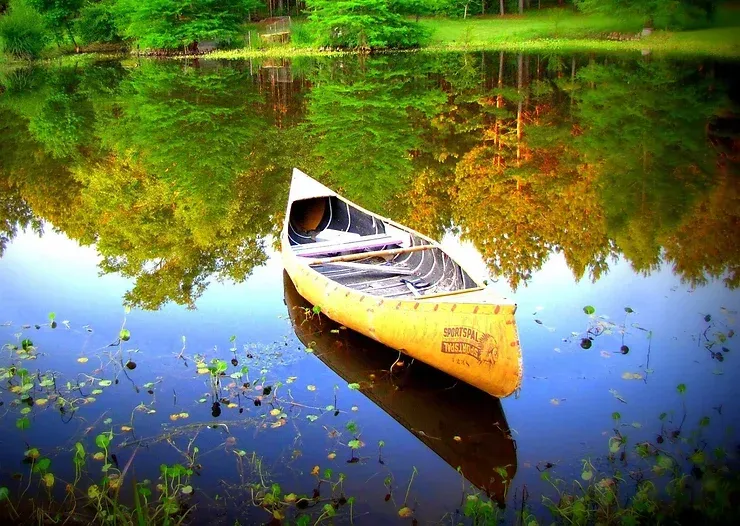
Yes...but they also look like this:
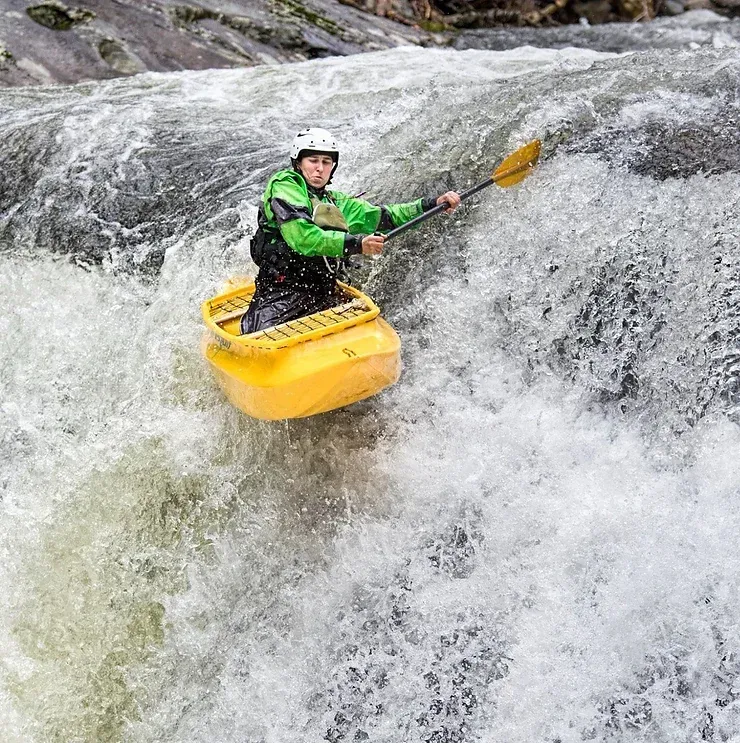
He’s perplexed. “So how is this boat not a kayak?” I point to the whole top of the canoe which is open, as opposed to the smaller cockpit of a kayak which is sealed with a skirt to shed water. The foam pedestal in the middle lets you kneel instead of sit. Foam bulkheads wrap across your thighs to translate the movement of your hips and legs to the boat. And canoeists use a paddle with a single blade instead of two. The T-grip on one end increases the dexterity of canoe strokes.
Not convinced, he asks: “You take that on a river?” Heck yeah! It’s made for it. Modern whitewater canoes are designed to deflect water and ride over splashy features, thus keeping it as dry as possible in experienced hands. They are nimble and maneuverable in complicated whitewater. They are made of a tough polyethylene plastic which is durable and strong for hitting all the rocks we have in the southeast. They are outfitted with foam that connects you so well to the boat that you can even roll the boat up if you happen to flip upside down. Some folks, myself included, install pumps that dump water that gets in your boat, making it easier to paddle when things get splashy.
He approves. “I might be comfortable in one of those. I tried a kayak but didn’t like it — too confined.” This is the main thing I love about the canoe. I am so much more comfortable kneeling than sitting. It’s much easier to move around, get in and out of the boat and stretch on long days. I also love that the added height helps me see the rapids better. My torso has so much more range and leverage as it acts as the important connection between my legs in the boat and my hands on the paddle in the water.
Boaters choose a canoe over kayak for lots of reasons. Some like the graceful aesthetic and history of the craft. Some like the comfort and lack of confinement. Others enjoy the challenge of reading water well in order to find the “dry” lines and executing the range of strokes with a single blade. If you think you’d like to ride the whitewater in a canoe - or if you are already in a canoe and want to ride more challenging whitewater - sign up for one of our classes at
Nolilearn.org.
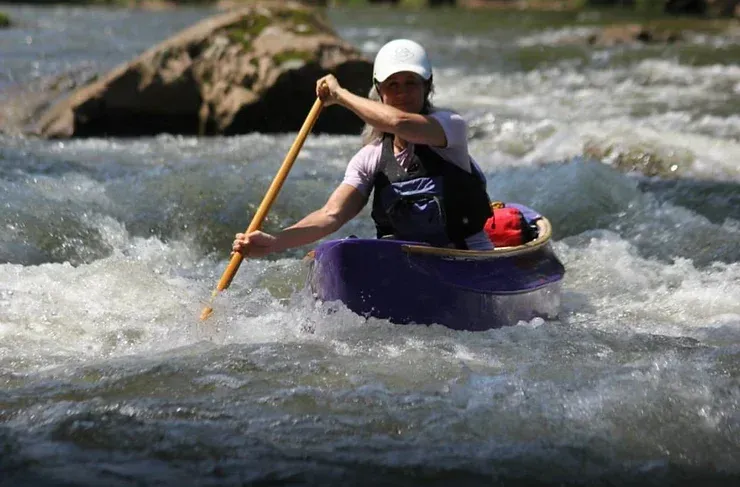
The author enjoying yet another day of single-bladed goodness.

